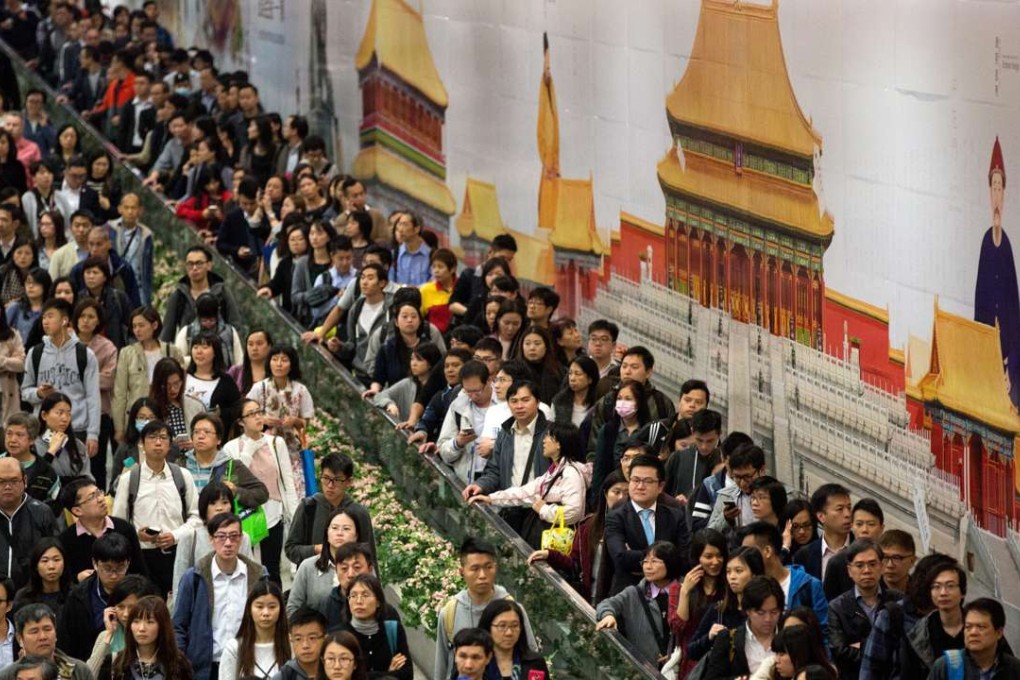Hong Kong’s Palace Museum plan throws out the rulebook to put politics above the people
Dennis Kwok says the surprise announcement of a local version of Beijing’s heritage museum displays a blatant disregard for established procedure and public opinion that goes against Hong Kong’s core values

At the centre of the controversy is the complete lack of public consultation on the project. Rather than taking the usual route, where the administration makes a proposal that is then opened up to public scrutiny, this project was unilaterally decided and set in stone – save for minute details.

Hong Kong Chief Secretary Carrie Lam links Beijing Palace Museum row to leadership bid
Rather than being funded by the government, as public work projects usually are, the museum will have the Jockey Club acting as sole financier, providing as much as HK$3.5 billion for the entire construction.
Secretive deal on Hong Kong Palace Museum will further erode trust in authorities
Despite the government’s denial, it is not difficult to deduce that the seeking of funding from the Jockey Club was a deliberate act to bypass the need to obtain legislative approval.